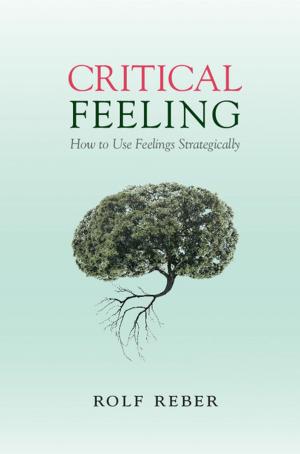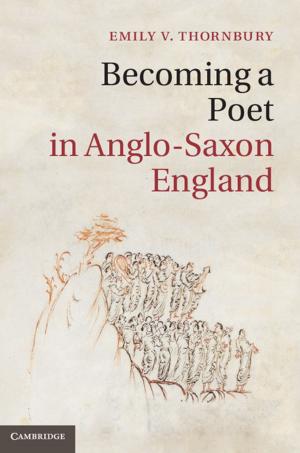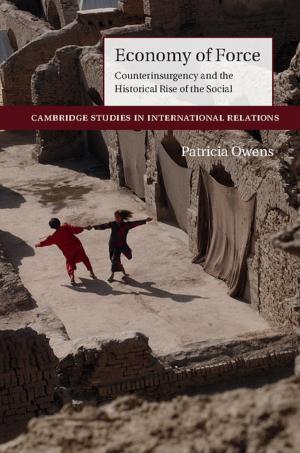Bioarchaeological and Forensic Perspectives on Violence
How Violent Death Is Interpreted from Skeletal Remains
Nonfiction, Social & Cultural Studies, Social Science, Anthropology, History| Author: | ISBN: | 9781139862271 | |
| Publisher: | Cambridge University Press | Publication: | March 13, 2014 |
| Imprint: | Cambridge University Press | Language: | English |
| Author: | |
| ISBN: | 9781139862271 |
| Publisher: | Cambridge University Press |
| Publication: | March 13, 2014 |
| Imprint: | Cambridge University Press |
| Language: | English |
Every year, there are over 1.6 million violent deaths worldwide, making violence one of the leading public health issues of our time. And with the 20th century just behind us, it's hard to forget that 191 million people lost their lives directly or indirectly through conflict. This collection of engaging case studies on violence and violent deaths reveals how violence is reconstructed from skeletal and contextual information. By sharing the complex methodologies for gleaning scientific data from human remains and the context they are found in, and complementary perspectives for examining violence from both past and contemporary societies, bioarchaeology and forensic anthropology prove to be fundamentally inseparable. This book provides a model for training forensic anthropologists and bioarchaeologists, not just in the fundamentals of excavation and skeletal analysis, but in all subfields of anthropology, to broaden their theoretical and practical approach to dealing with everyday violence.
Every year, there are over 1.6 million violent deaths worldwide, making violence one of the leading public health issues of our time. And with the 20th century just behind us, it's hard to forget that 191 million people lost their lives directly or indirectly through conflict. This collection of engaging case studies on violence and violent deaths reveals how violence is reconstructed from skeletal and contextual information. By sharing the complex methodologies for gleaning scientific data from human remains and the context they are found in, and complementary perspectives for examining violence from both past and contemporary societies, bioarchaeology and forensic anthropology prove to be fundamentally inseparable. This book provides a model for training forensic anthropologists and bioarchaeologists, not just in the fundamentals of excavation and skeletal analysis, but in all subfields of anthropology, to broaden their theoretical and practical approach to dealing with everyday violence.















